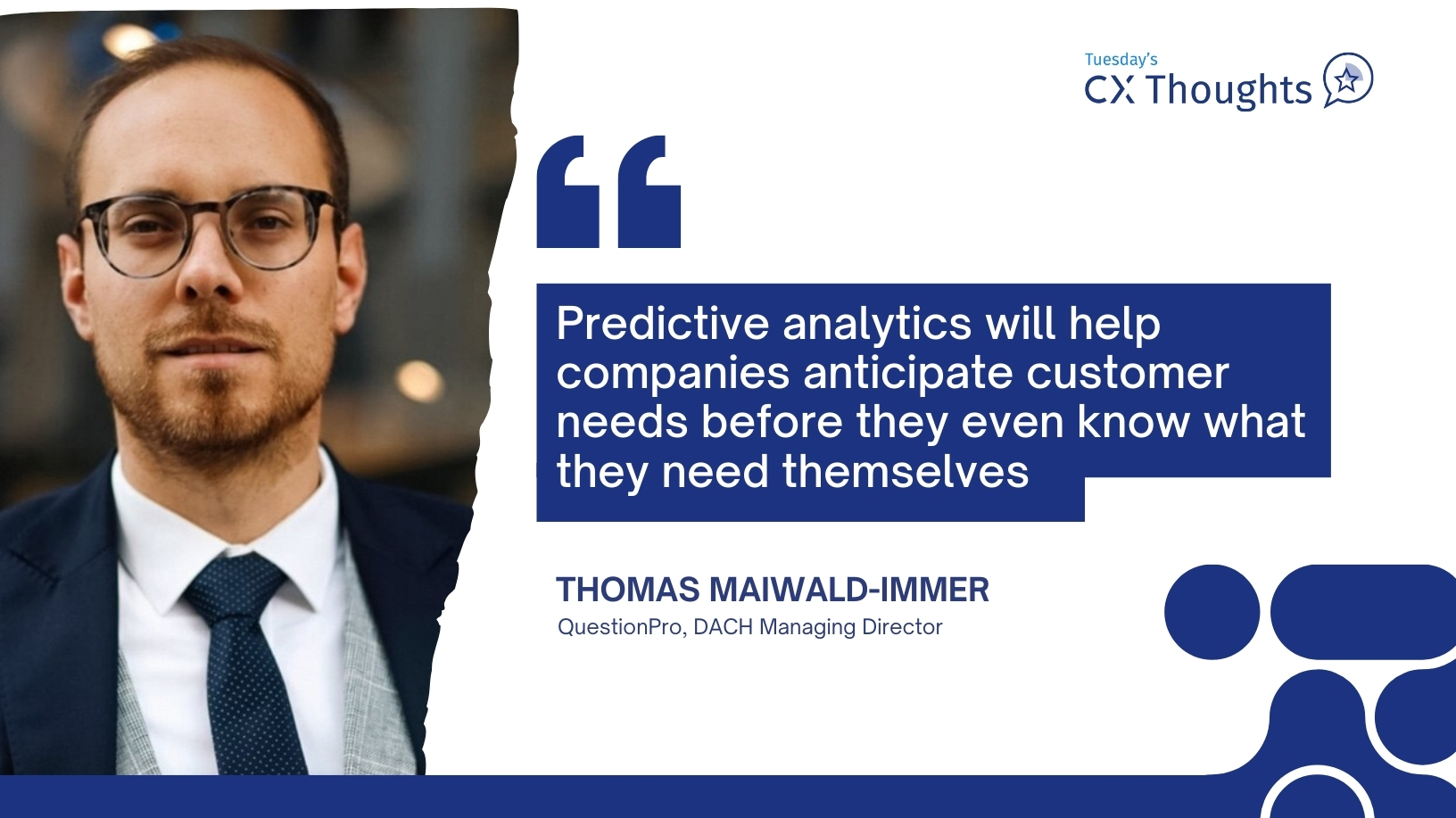Calculus and Statistics
There was this post on Quora by Erick Watson a while ago that caught our collective attention at QuestionPro, because it was so illustrative of the difference between calculus and statistics. I wanted to share this with you along with some of my own thoughts about the topic as they relate to the field of market research.
The difference

“Calculus is Deterministic: the plausible answers to your function are limited by the function itself. In other words, the nature of the function circumscribes all possible solutions, and usually leads to a precise, correct answer. Use calculus for things like designing a rocket to land on the moon, because all of the variables needed are discrete and must be known precisely, (the weight of the rocket fuel, the distance to the moon, etc.)”
I loved Calculus classes because of the linear connection between the equation and the answer. There is nothing to “read into” for the answer; you are presented with a problem, and you have an equation that you solve to find the answer to the problem. And while the whole thing might look complex, it’s a pretty clear path between the problem and the solution.
“Statistics is Relativistic: it influences how you view your problem domain, but it doesn’t define an envelope around all possible solutions. Data sets are often continuous. Many statistics operations rely upon probabilistic approaches. This means that there is usually no single correct answer, but a range of possible answers that can be made more or less optimal by adding/removing data, or performing further operations. Use statistics when trying to arrive at the best possible solution from among multiple, competing possible answers, or to address any problem that cannot be known with 100% certainty.”
Interestingly for me, statistics and physics were something of college nemeses for me. I was so accustomed to the 1:1 nature of the math classes I’d taken, and being presented with problems that didn’t always have a finite answer was challenging for me to wrap my head around. However, statistics also opened up a whole new way of approaching the world. Statistics by nature is meant to explain groups of data. For example, I might look out at a marina and see a group of yachts. From those yachts, I can use statistics to describe what I see: the majority are white; on average, the yachts stay docked from November through April; and I’m 90% certain that half of the yachts are taken out at least once a week.
“Calculus and Statistics are Complimentary: so try to learn both. For example, rocket scientists might use calculus to figure out how to design and build their rocket, but then use statistics to figure out where to land it.”
When it comes to market research, we tend to spend plenty of time focused on the statistical analysis needed to answer various questions such as: what pricing strategy will allow me the maximum profitability and not drive away my desired customer base; what price is right; what product enhancements will my customers actually want to see in the next product release? However, I credit my calculus education for a lot of the original problem-solving strategies I still employ when looking at data sets.







